Baltimore is the twenty-ninth most populous city in the US, according to the 2020 census. Its roads fill with commuters every morning and evening. Between commercial trucks, passenger vehicles, and buses, bicyclists might have trouble navigating the city almost any time of the day.
Sadly, bicycle accidents are a natural consequence of all this traffic. Baltimore averages 219 bicycle crashes every year. And 85% of Maryland’s bicycle crashes happen in the Baltimore-Washington DC metropolitan area.
Learn about bicycle accidents in Baltimore and the bicycle infrastructure provided in Baltimore to help riders get around.
Baltimore Bicycle Accident Statistics
The Maryland Department of Transportation has several resources for bicycle crash data. The department releases a bicycle data sheet with its current bicycle accident statistics. The department also releases crash data through its Zero Deaths Maryland website. These sources provide the statistics given.
The most recent year with bicycle crash statistics is 2019. But this gives a good snapshot of pre-pandemic bicycle traffic and accident numbers.
In 2019, Baltimore had 216 bicycle crashes, according to the bicycle data sheet. This number was higher in the preceding two years. But it was below the peak in 2016 when the city saw 238 bicycle accidents.
The bicycle accidents in Baltimore peaked in the mid to late summer of 2019. According to the bicycle data sheet, over 39% of Baltimore’s bicycle accidents happened in July, August, or September that year.
Bicyclists in Baltimore were safer on the weekends than on weekdays, highlighting the significance of traffic congestion in causing bicycle accidents. The worst day of the week for bicycle accidents was Wednesday, and the best day was Sunday.
Bicycle accidents in Baltimore reached their height during the evening rush hour. Nearly 30% of bicycle accidents in the city happened between 4 p.m. and 7 p.m.
According to the bicycle data sheet, the drivers most likely to hit a bicyclist were in their 20s. Over 15% of bicycle accidents involved a driver between the ages of 20 and 29.
Bicyclists between 10 and 15 and 20 and 24 were the most likely to get into a bicycle accident. These two age groups account for almost 28% of bicyclists hit by cars.
Bicycle Injuries and Fatalities in Baltimore
In 2019, the bicycle data sheet listed 179 injuries and two fatalities in Baltimore from bicycle accidents. The entire state had 685 injuries and ten fatalities.
Baltimore has 9.8% of the state’s population. But it has 20% of the state’s bicycle deaths and 26% of its bicycle injuries. This makes Baltimore substantially more dangerous for bicyclists than the rest of the state. A bicyclist is twice as likely to get killed and almost three times as likely to get injured in Baltimore than in the rest of the state.
Out of the 216 bicycle accidents in Baltimore in 2019, nearly 84% were injured or killed. One contributing factor to this extraordinarily high rate of injuries and deaths might have been the lack of helmet use.
According to the bicycle data sheet, all the bicyclists injured or killed were unhelmeted. Since 2015, none of the five bicyclists who died in Baltimore bicycle accidents wore a helmet. And out of the 714 injured bicyclists since 2015, the bicycle data sheet only lists five bicyclists who wore helmets.
Bicycle helmets reduce your odds of head injury by 50%. Helmet use also reduces your odds of a face or neck injury.
Causes of Bicycle Accidents in Baltimore
According to the bicycle data sheet, 70% of bicycle accidents happened when bicyclists rode where the law required them to. This means 70% of bicycle accidents happened when the bicyclist was:
- In a bicycle lane
- On the shoulder
- On a bicycle trail
- Crossing in a marked crosswalk
- Waiting at a crosswalk
- On a sidewalk
Only 30% of bicycle accidents happened while the bicyclist was crossing the road outside the crosswalk or riding in the wrong direction.
Over 53% of bicycle accidents happened at intersections, which makes them the most dangerous place for bicyclists. The remaining bicycle accidents happened on roads between intersections.
Bicycle accidents happen at intersections in a few ways. A bicyclist on the right shoulder or in the crosswalk may move straight through the intersection, and an inattentive driver turning right might hit the bicycle as the traffic signal changes. A driver might not spot a bicyclist traveling straight through an intersection and turn left into the bicycle or across the bicycle’s path. A driver turning right on a red signal might rear-end a bicycle in cross-traffic.
All these maneuvers violate Maryland traffic laws, including:
- Improper lookout
- Improper turn
- Failure to yield the right of way
- Running a stop sign or traffic signal
The state has also identified several problem behaviors that contribute to bicycle accidents in Baltimore, including:
Distracted Driving
According to the Baltimore police, about 1,200 drivers get cited for distracted driving each year. A distracted driver is much less likely to spot a bicyclist in traffic. This can lead to accidents during lane changes, reversing, and turning.
Intoxicated Driving
While intoxicated driving citations and arrests have decreased, fatalities and injuries from intoxicated driving accidents have trended upward.
Speeding
Baltimore has as many traffic deaths blamed on speeding as intoxicated driving.
Baltimore Bicycle Infrastructure
Baltimore has extensive infrastructure for bicyclists, including bicycle lanes on major roads and multi-use trails for pedestrians and bicyclists. The Jones Falls Trail and Gwynns Falls Trail are part of the East Coast Greenway that runs from Maine to Florida. Baltimore also has the Promenade around Inner Harbor and the Herring Run Trail around Herring Run Park.
For commuters, Baltimore’s MTA buses have bicycle racks mounted to the front of the vehicles. MTA light rail trains and Metro subway trains allow bicycles on board.
Bicycling Safely Around Baltimore
Baltimore has many scenic and historic sites accessible by bicycle. But biking safely in Baltimore takes some planning. If you can stick to the roads and trails marked for bicycles, you have a better chance of avoiding an accident. And wearing a helmet can protect you if you get hit.

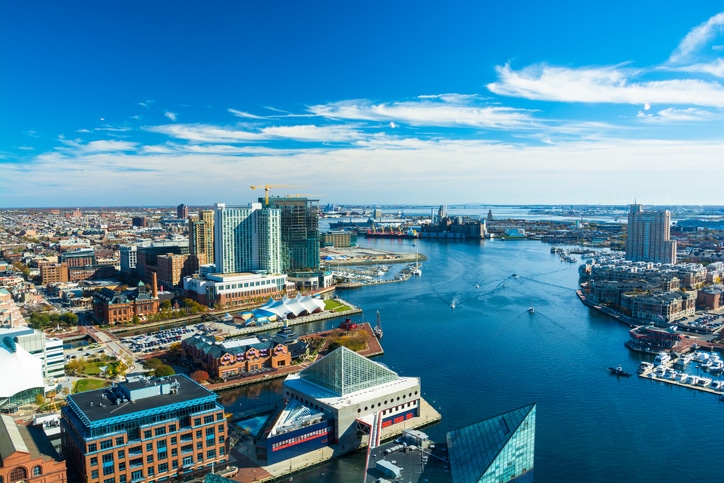
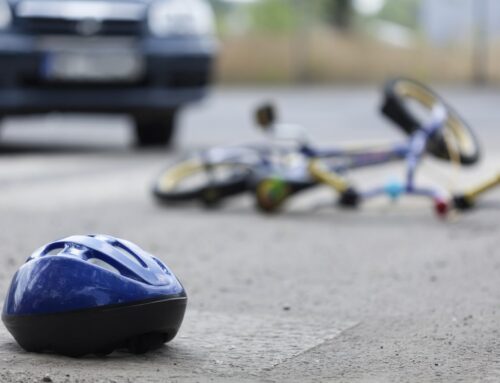
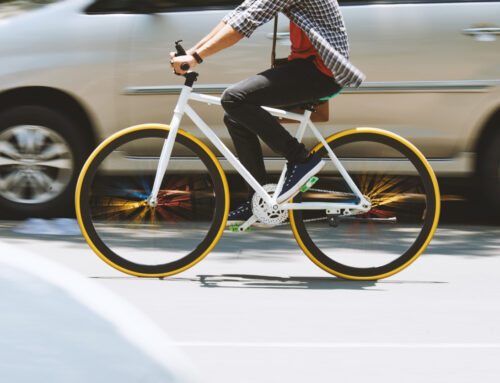
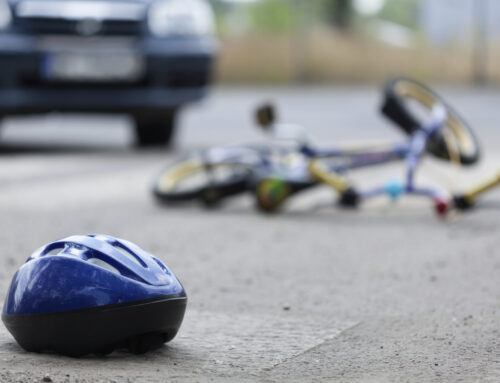
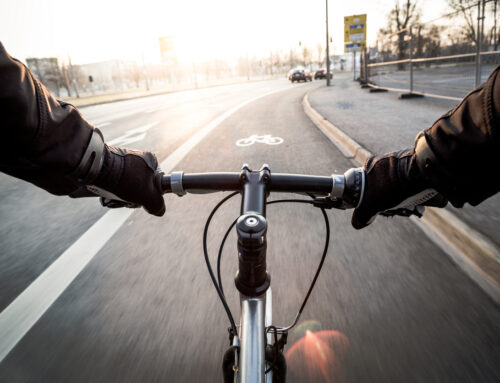
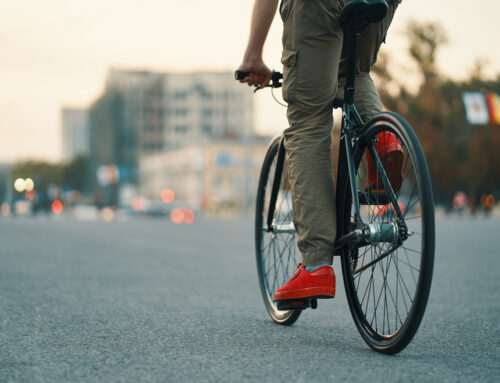
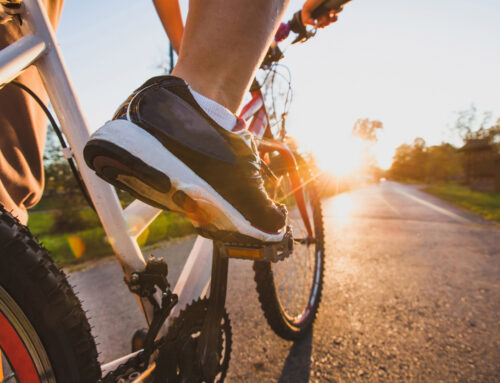
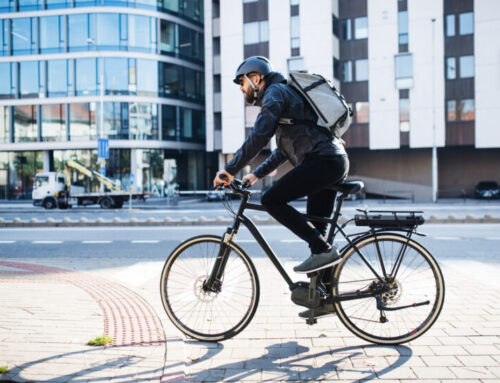
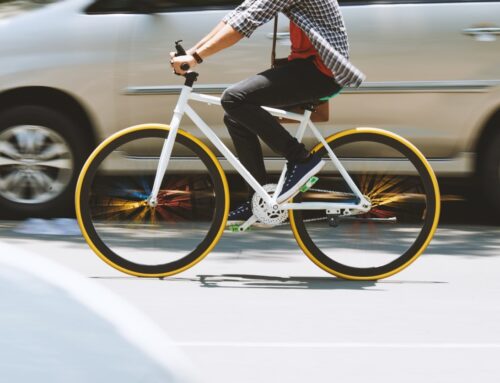
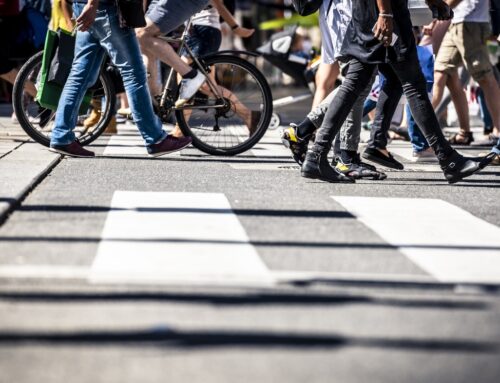
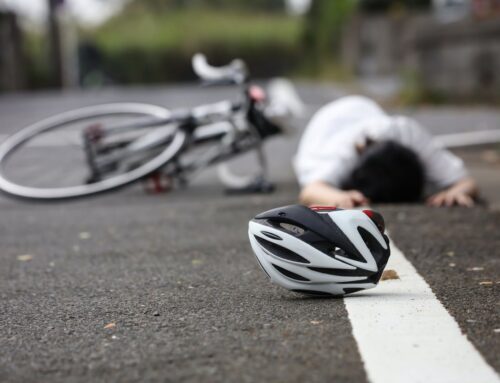
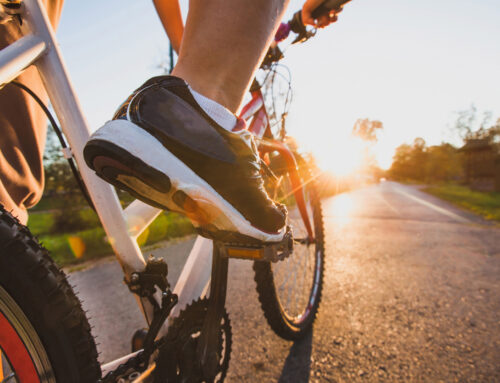
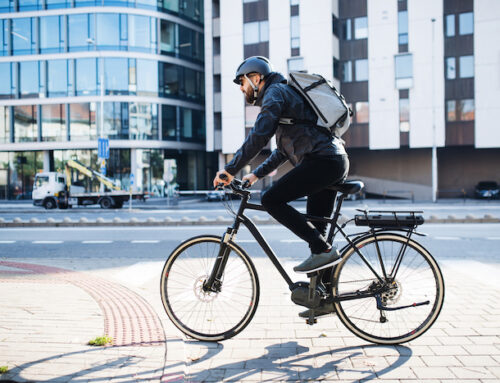
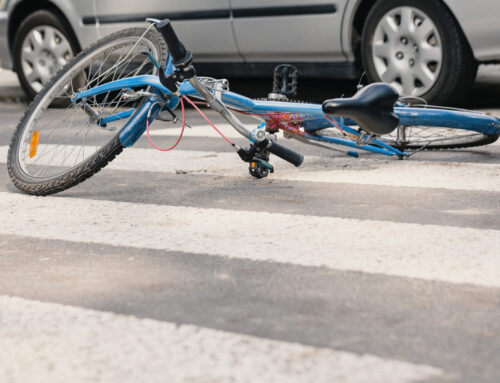
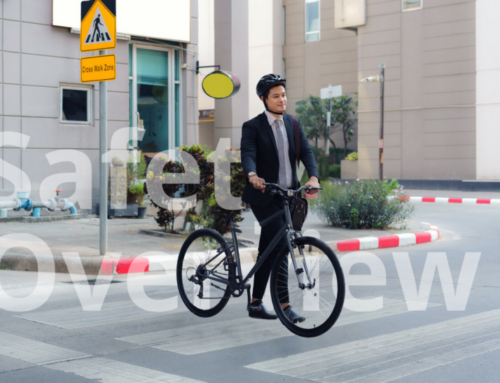
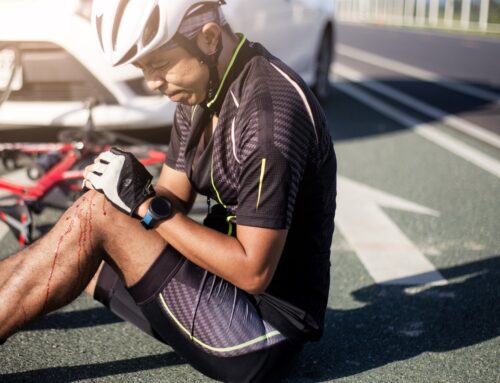
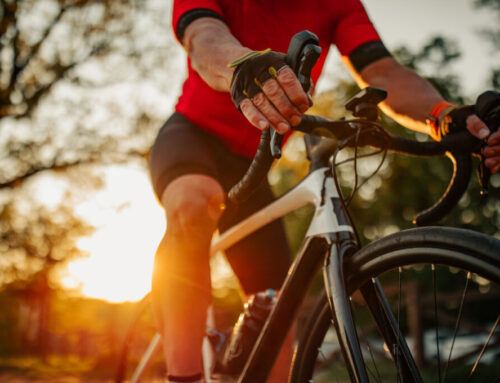
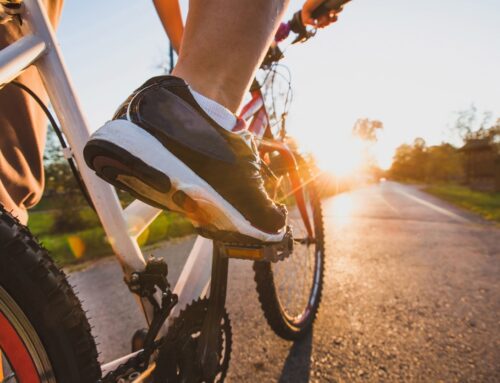
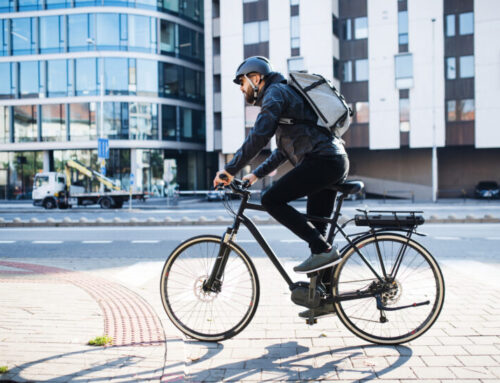
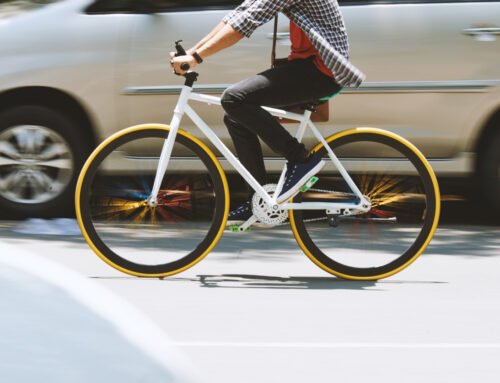
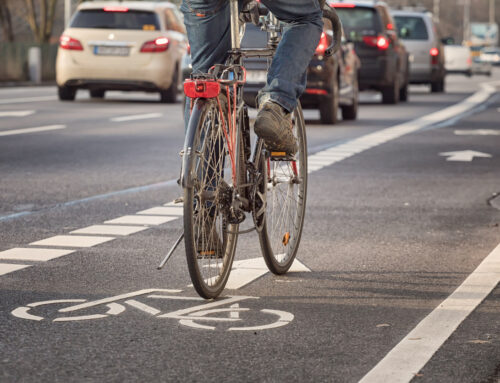
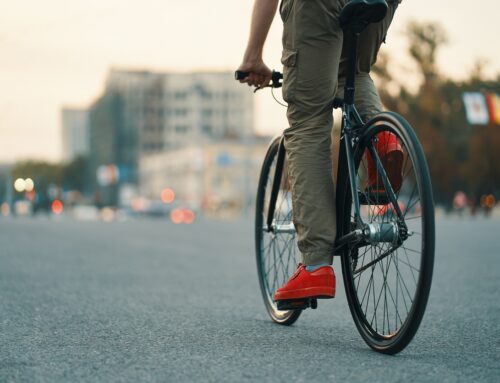
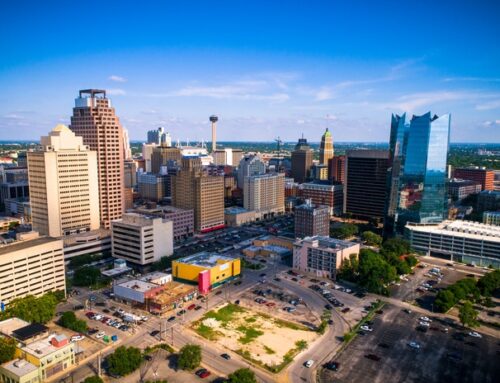
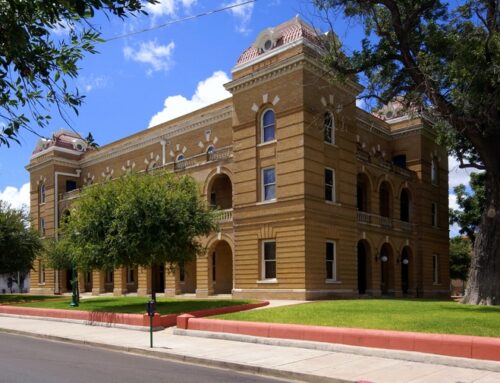
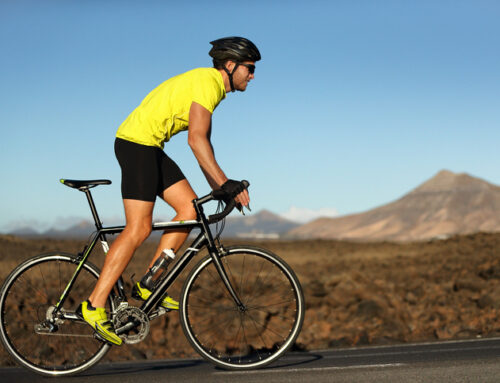
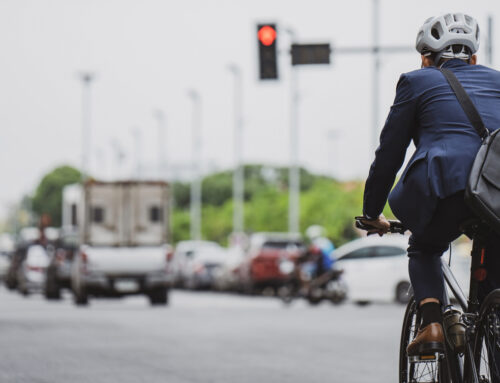
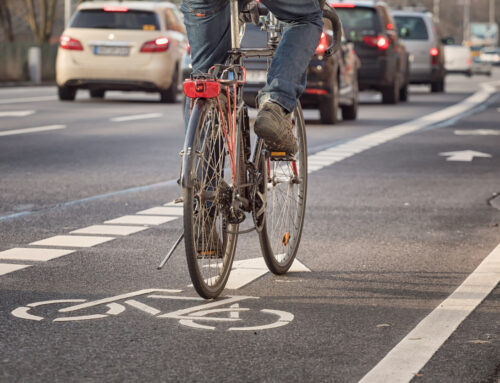
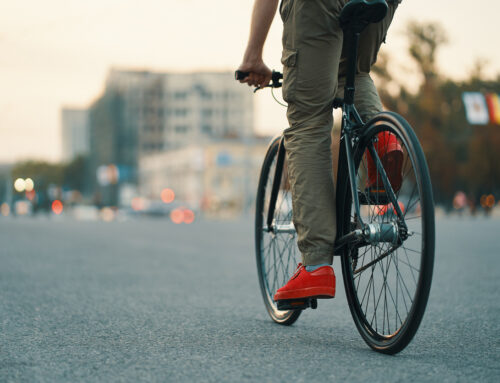
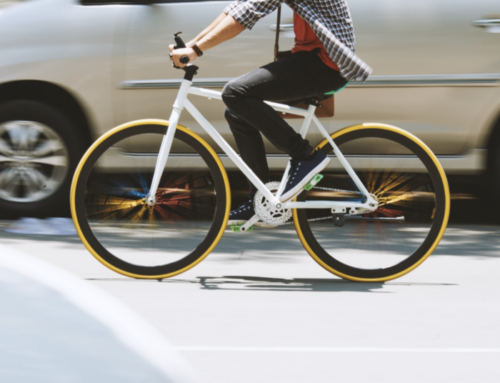
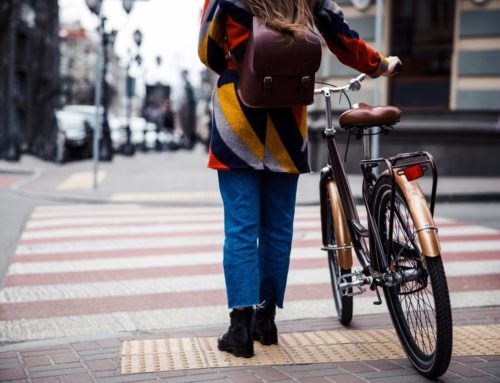
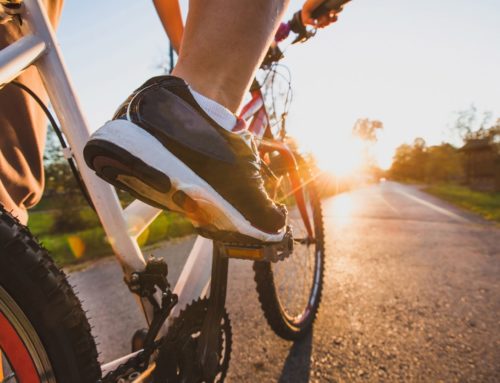
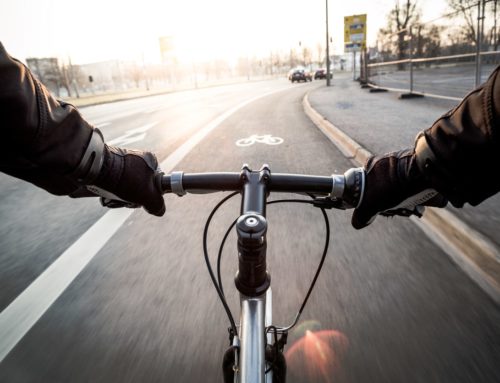
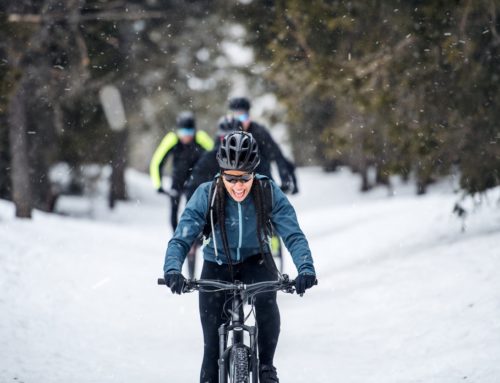
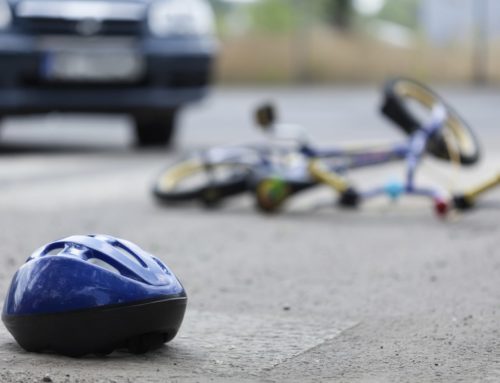
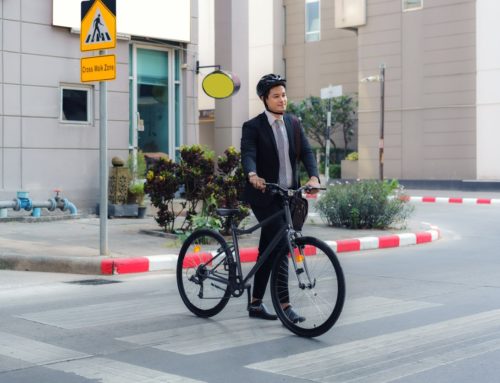
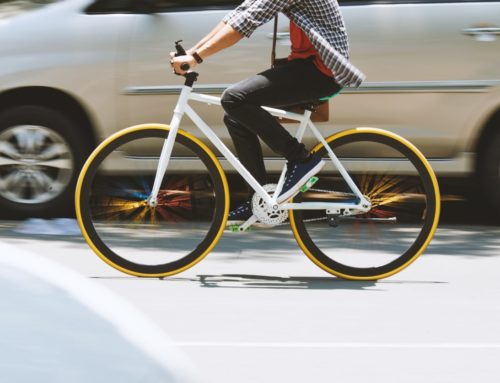
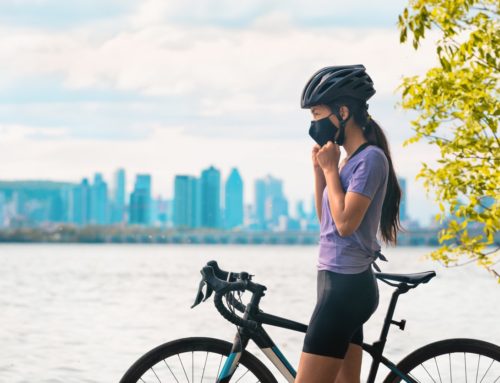
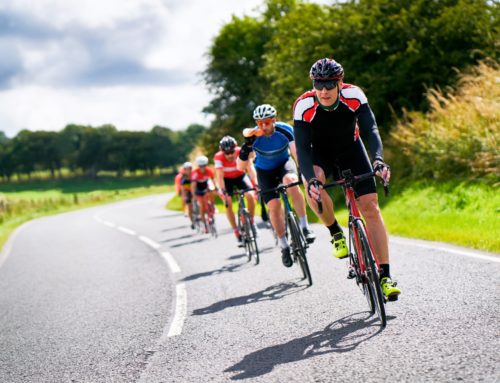
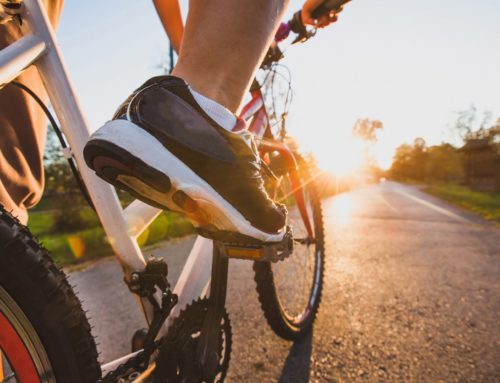
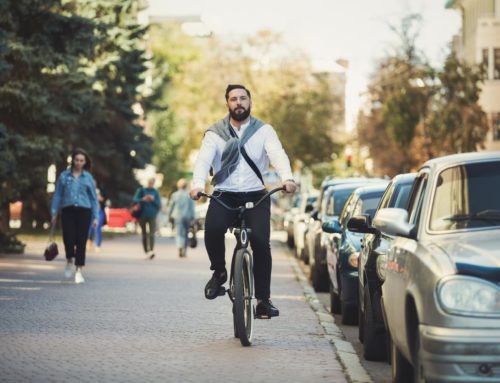
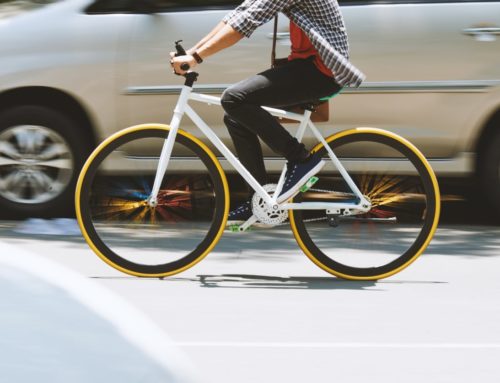
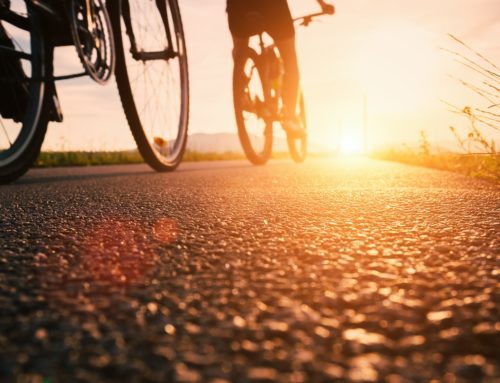
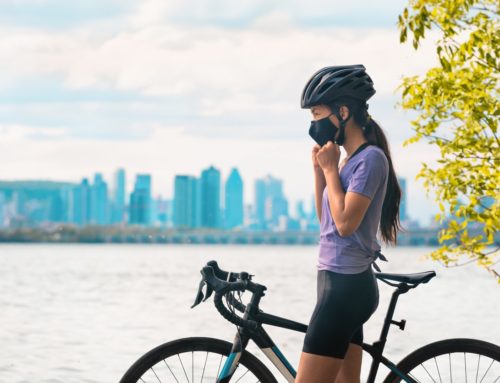
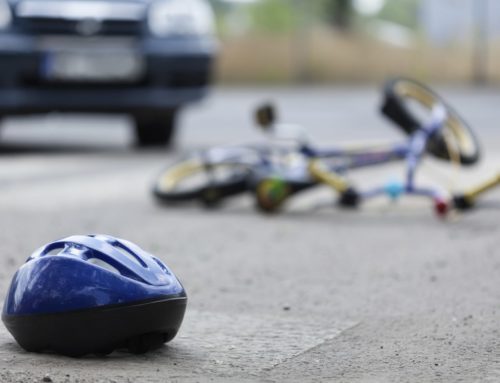
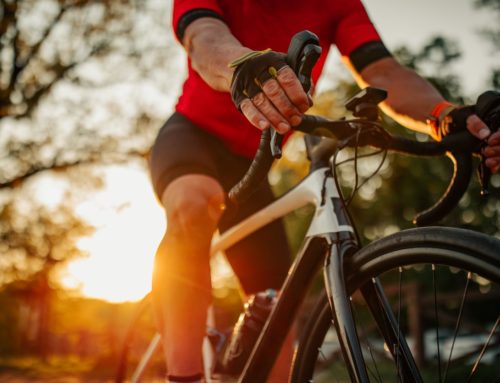
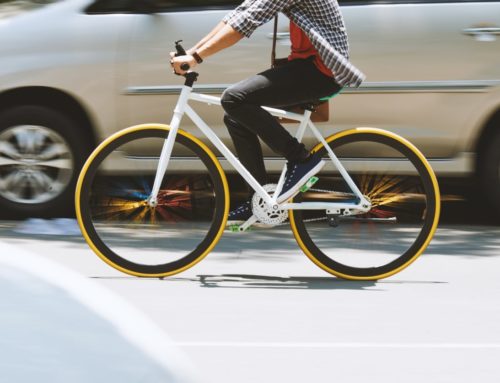
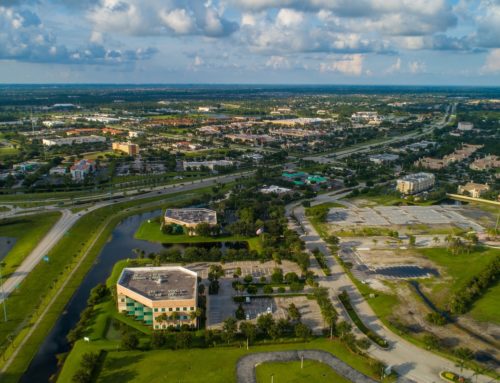
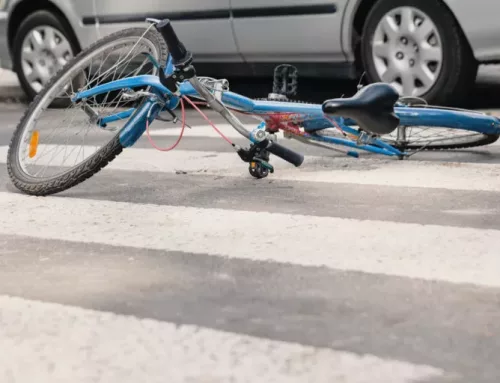
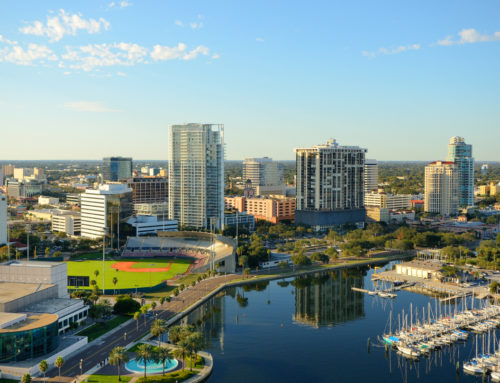
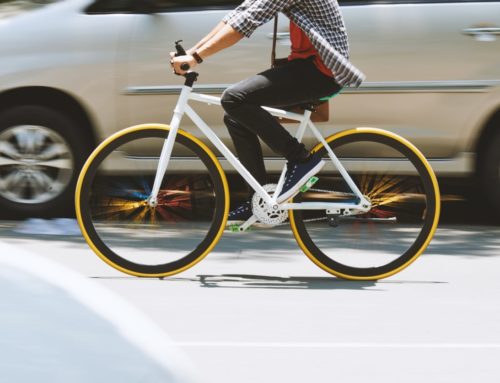
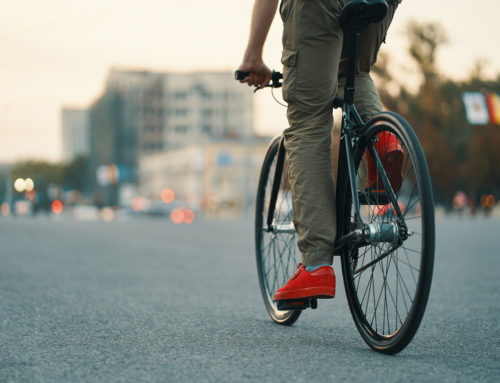
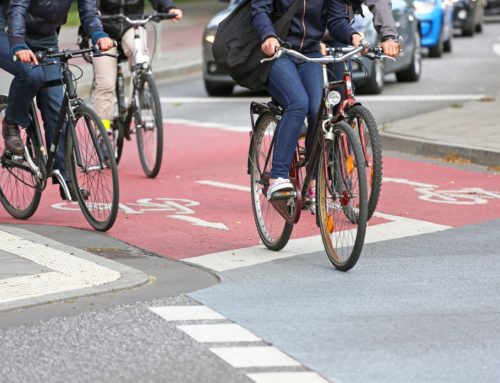
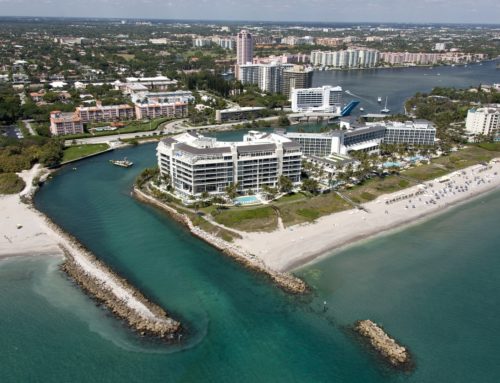
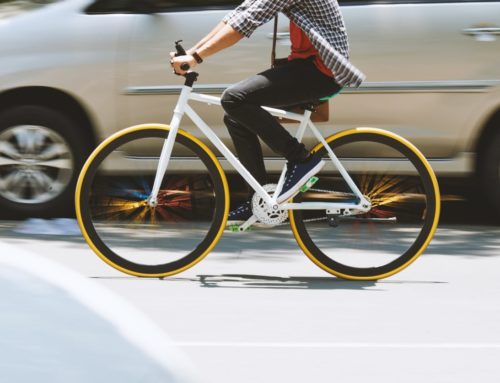
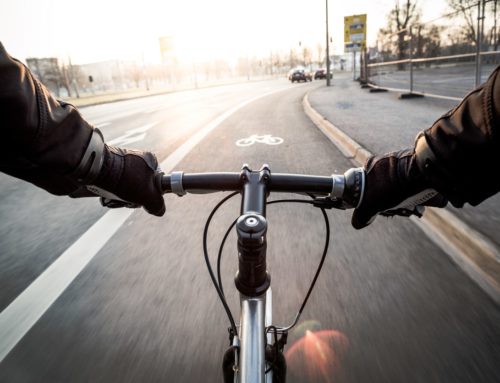
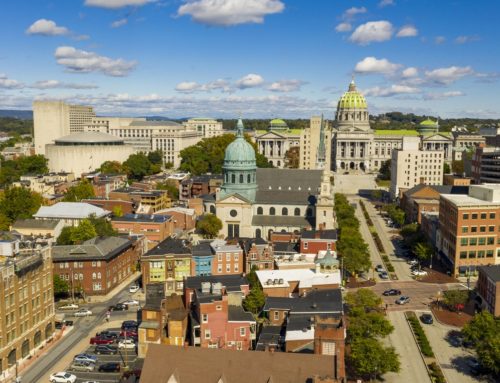
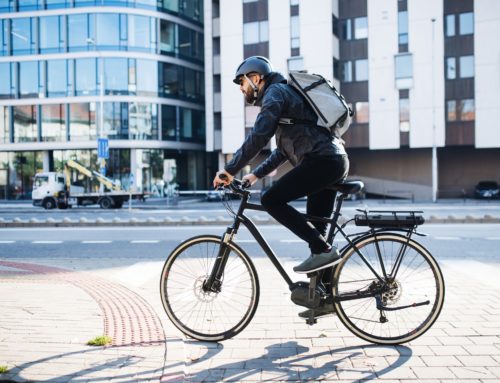
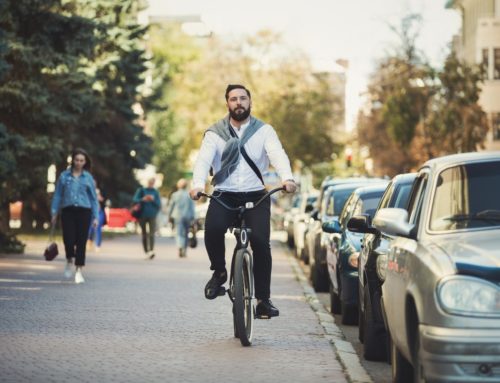
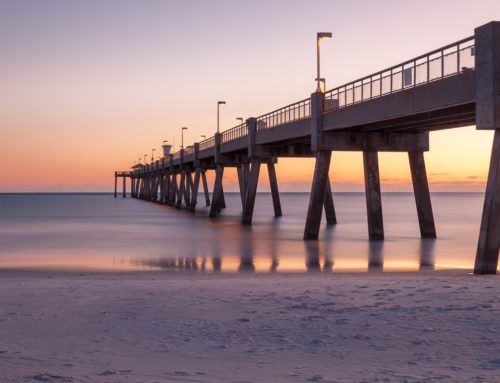
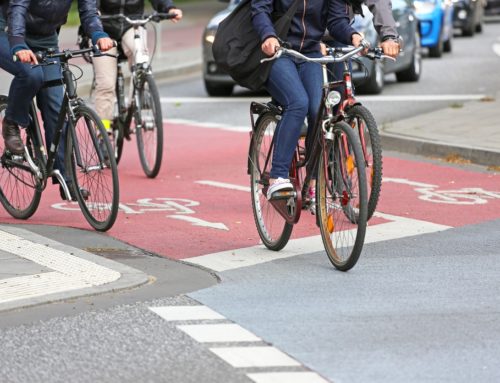
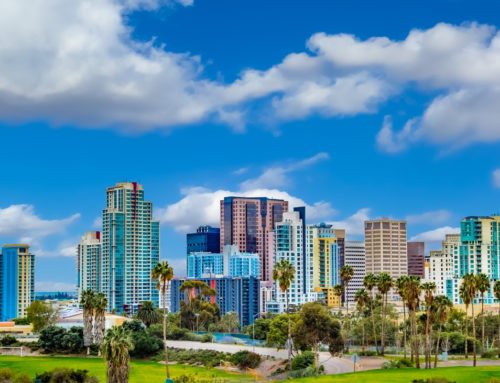
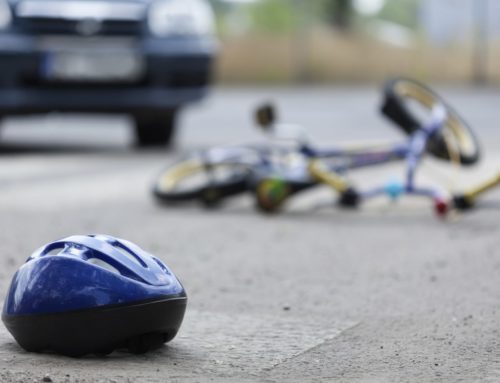
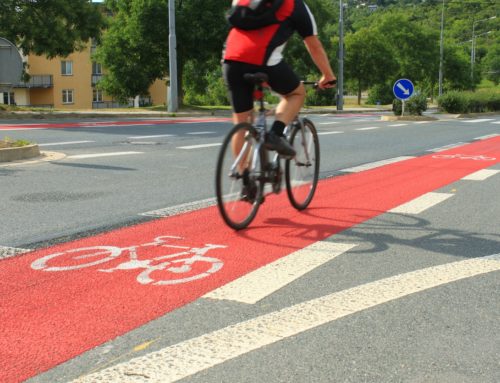
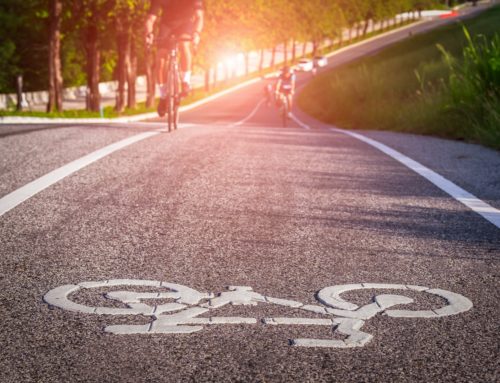
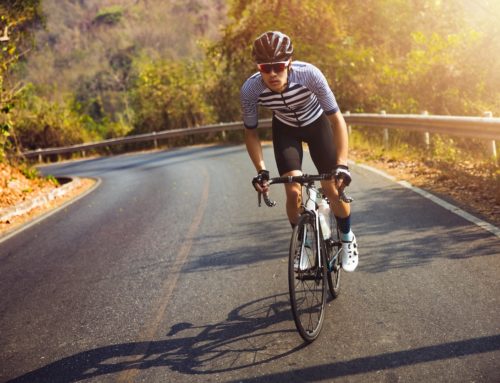
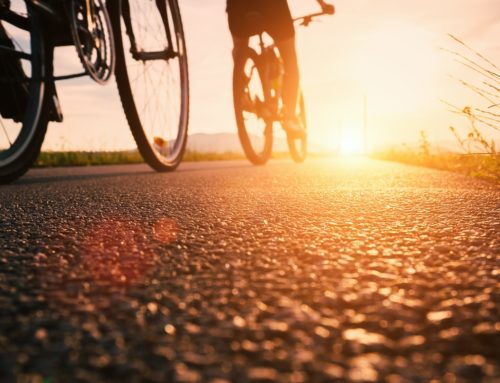
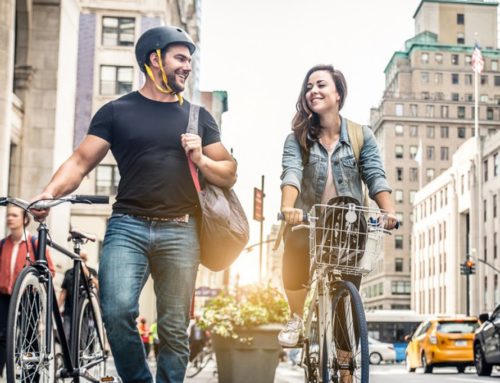
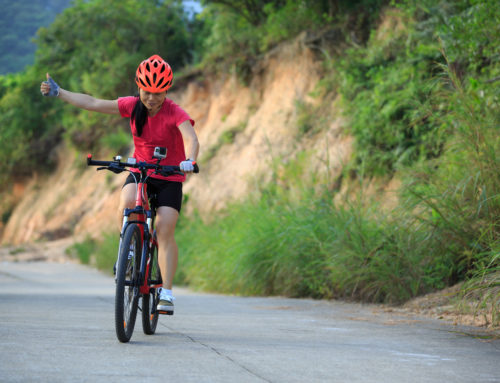
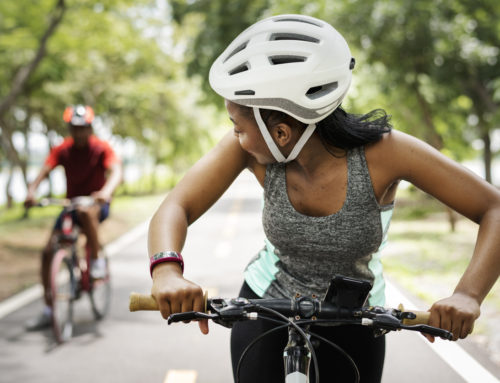
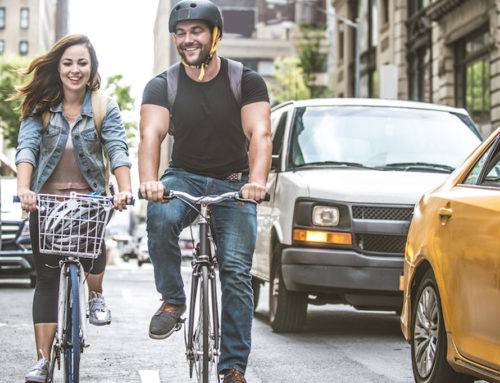
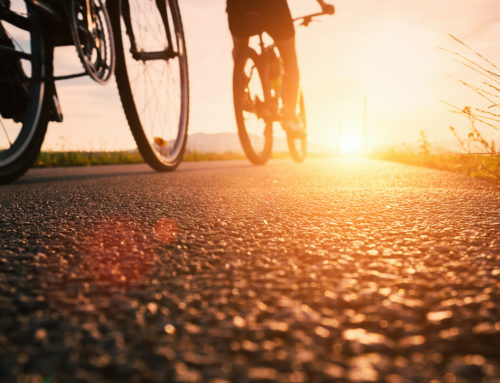
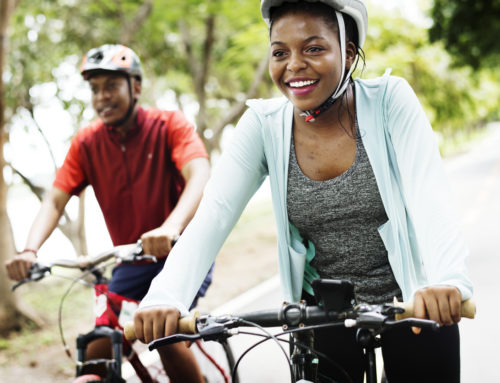
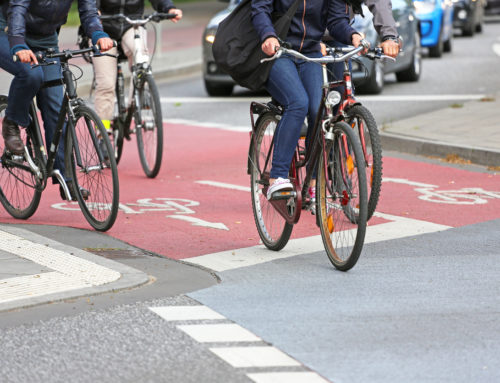
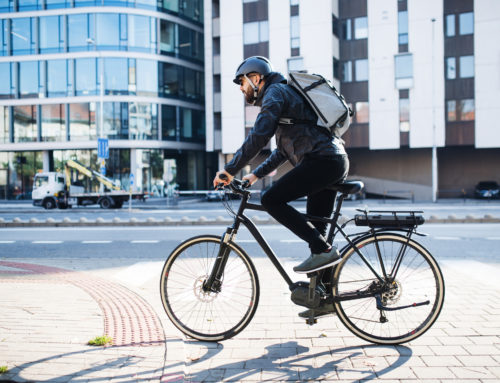
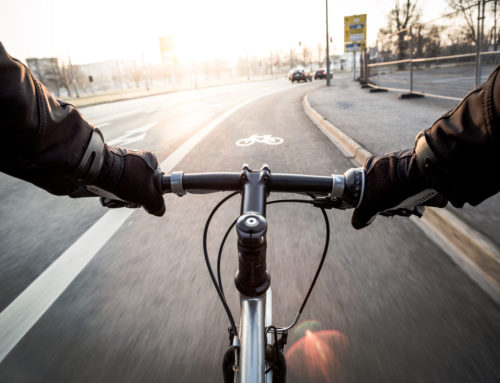

Leave A Comment